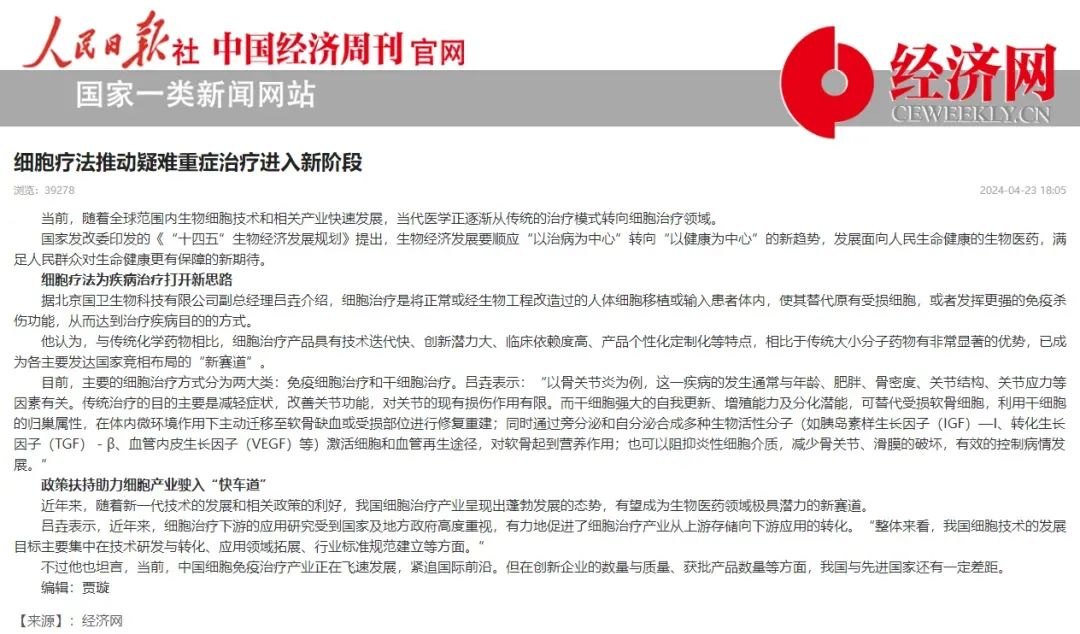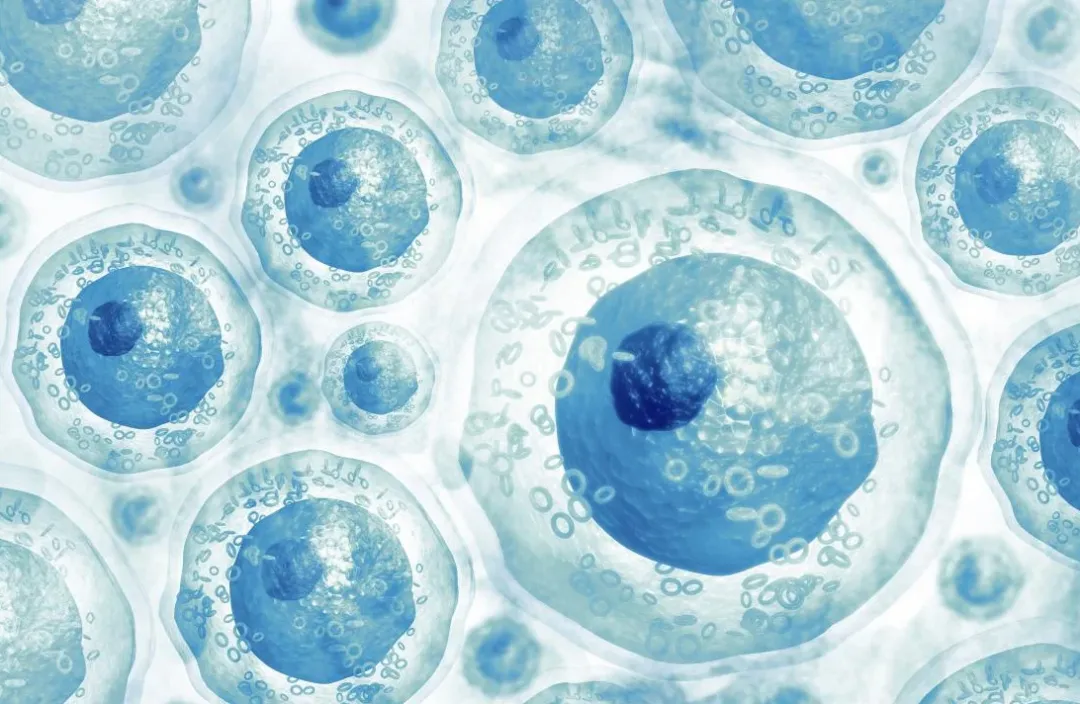
Global biological cell technology and its related industries are experiencing rapid development, which is promoting the transformation of modern medicine from traditional treatment to cell therapy.
According to the "14th five-year Plan for Biological Economic Development" issued by the National Development and Reform Commission, the biological economy should cater to the new development trend from "disease treatment as the center" to "health as the center", and promote the development of the biomedical industry to meet the needs of the people for a higher level of life and health protection.

Cell therapy provides a new idea for the treatment of diseases.
Experts point out that cell therapy can cure diseases by transplanting or injecting normal or bioengineered cells into patients to replace damaged cells or enhance immune function. Compared with traditional chemical drugs, cell therapy products have the advantages of fast technological update, great potential for innovation, high clinical dependence and personalized product customization, which has become a new field of development in major developed countries.
At present, cell therapy is mainly divided into two categories: immune cell therapy and stem cell therapy. Take osteoarthritis as an example, the disease is usually associated with age, obesity, bone mineral density, joint structure and joint stress. The traditional treatment is mainly to relieve symptoms and improve joint function, but the effect on injured joints is limited. Stem cells have a strong ability of self-renewal, proliferation and differentiation, and can replace damaged chondrocytes.
Making use of the homing characteristics of stem cells, stem cells can actively migrate to cartilage defects or damaged areas for repair and reconstruction under the action of microenvironment in vivo. At the same time, stem cells synthesize a variety of bioactive molecules through paracrine and autocrine, such as insulin-like growth factor (IGF)-I, transforming growth factor (TGF)-β, vascular endothelial growth factor (VEGF), etc., which activate the pathway of cell and vascular regeneration to provide nutrition for cartilage; it can also prevent the destruction of inflammatory cell mediators, reduce the damage of bone, joint and synovium, and effectively control the development of the disease.

With the support of the policy, the cell industry is accelerating into the fast lane.
In recent years, with the development of new generation technology and the support of related policies, China's cell therapy industry is booming and is expected to become an important new field in the field of biomedicine. The downstream application research of cell therapy has been highly valued by national and local governments, which has greatly promoted the transformation of cell therapy industry from upstream storage to downstream applications.
Generally speaking, the development goal of cell technology in China is mainly focused on technology research and development and transformation, the expansion of application fields and the establishment of industry standards and norms. Although China's cellular immunotherapy industry is developing rapidly and keeping up with the international frontier, there is still a certain gap between China and advanced countries in terms of the quantity and quality of innovative enterprises and the number of approved products.